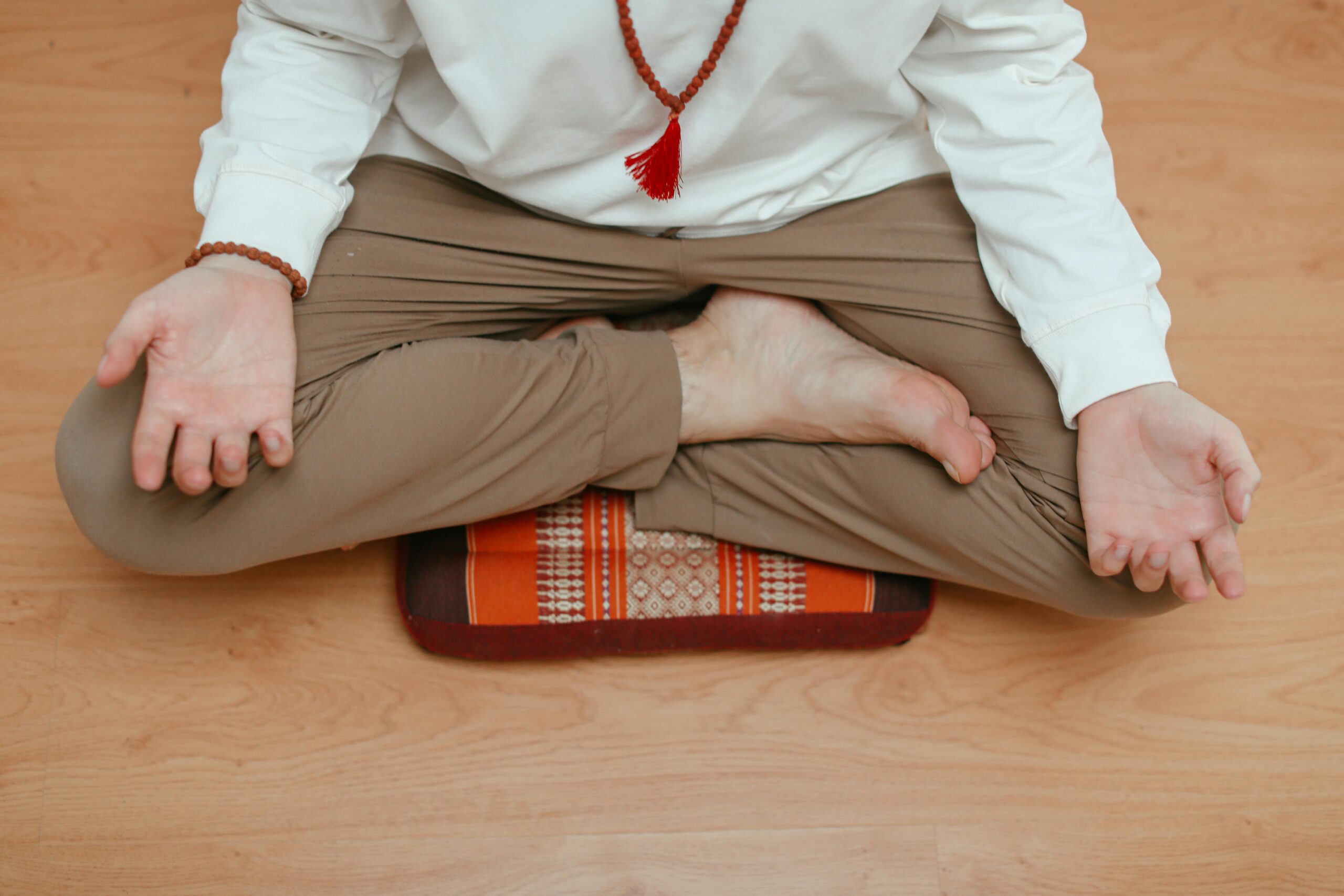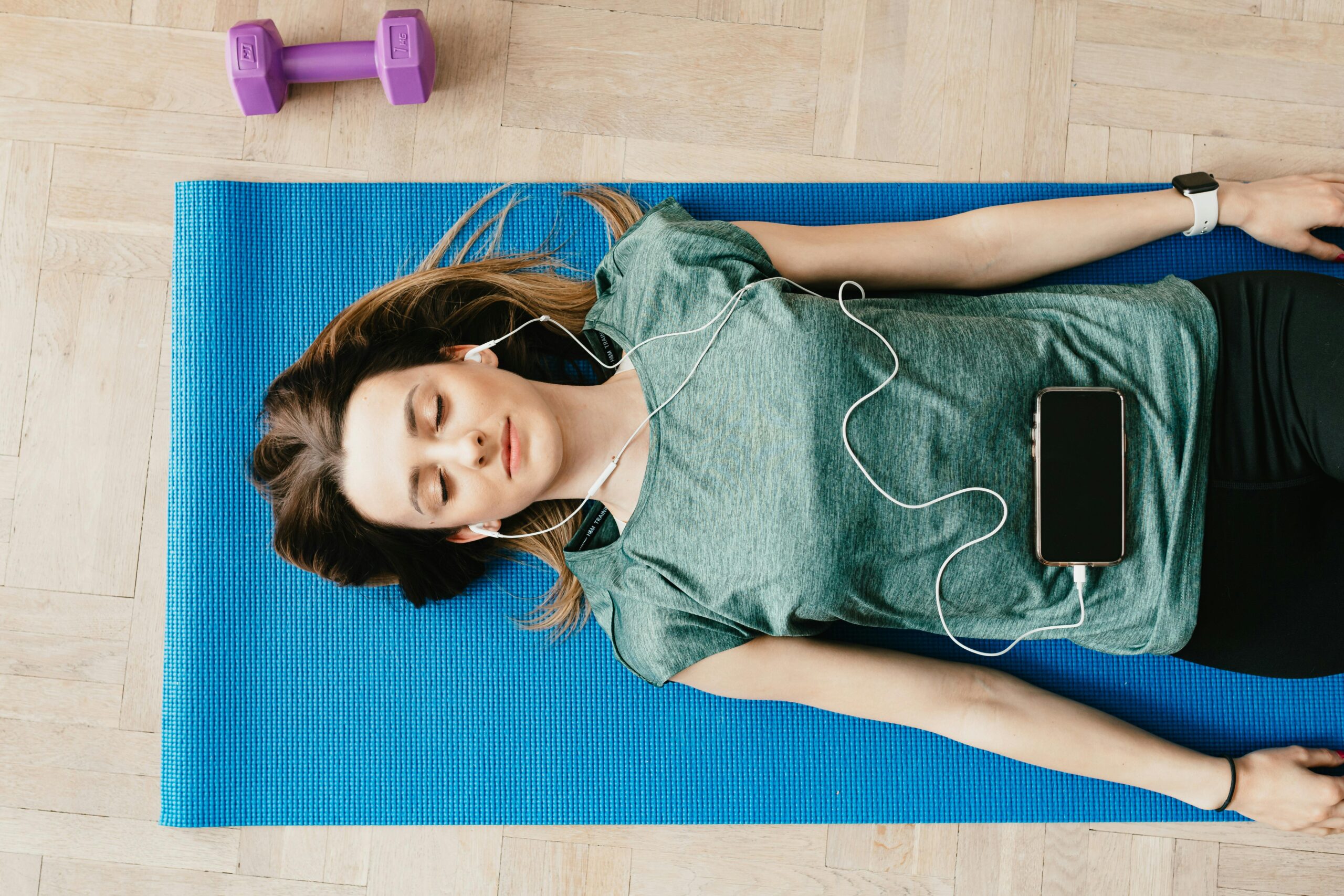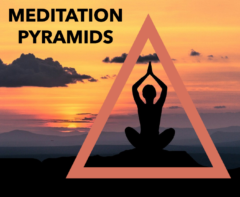:
ASMR, which stands for Autonomous Sensory Meridian Response, is this fascinating phenomenon capturing people’s attention all over the internet. You know that tingling sensation that starts at the scalp and trickles down your spine when you hear certain sounds? That’s ASMR in action. It’s like a sonic massage for your brain.
Common triggers for ASMR are those soothing whispering voices, gentle tapping, or the satisfying crunch of footsteps on gravel. Each trigger unique, and different folks find different sounds hit the right notes. It’s pretty wild how varied ASMR can be, making it a personal experience for everyone.

Experiencing ASMR isn’t just about those chills. People often talk about feeling this sense of calm washing over them, like escaping from stress. It’s like entering a state of bliss where worries just seem to melt away. Those physical and emotional sensations are what’s turning casual viewers into devoted ASMR fans.
So why is ASMR so powerful? It’s all about the brain-body connection. When a sound triggers ASMR, the brain lowers its guard, inducing relaxation and pleasant feelings. That mix of emotional comfort and sensory delight is why ASMR videos have millions hooked, with whole communities popping up dedicated to finding that perfect trigger.
The Link Between ASMR and Meditation
Both ASMR and meditation focus on soothing the mind, but combining them takes relaxation to another level. Imagine prepping for a meditation session with some gentle ASMR sounds playing in the background. It’s like setting the scene for your mind to relax even before you reach that deep meditative state.
There’s this buzz around using ASMR to enhance meditation, and while research is still catching up, people swear by its benefits. Many say it helps sharpen mental clarity and improve focus during their meditation sessions. Think of ASMR as a warm-up, coaxing your mind into a relaxed state, making the transition to meditation smoother.
When you put ASMR beside traditional meditation, you start noticing intriguing intersections. Both practices aim to calm the mind, but ASMR adds a sensory dimension that meditation might lack. For some, that extra sensory input can make meditation even more rewarding.
Personal stories abound from folks who’ve incorporated ASMR into their meditation routines. They talk about deeper, more refreshing experiences. If you’re curious, consider trying different ASMR triggers paired with your meditation practice to discover which combo works best for you.
The Neuroscience of ASMR and Meditation
ASMR feels amazing, but what’s actually happening in your brain? Researchers are diving into this question, and the good news is ASMR is generally considered beneficial for the brain. Initial studies suggest that ASMR activates areas related to calmness and positive emotions. It’s like giving your brain a mini-vacation.
As those tingles spread through your body, your brain enters a state of tranquility similar to meditation. Brainwave activity during ASMR sessions aligns with patterns seen in meditation, hinting at why they work well together. Meditative states usually trigger alpha waves linked to relaxation, which are also prominent in ASMR experiences.

Let’s talk safety because that matters. Concerns about whether ASMR might be bad for the brain haven’t been supported by current studies. For most people, neither ASMR nor meditation presents significant risks. However, listen to your body—if something doesn’t feel right, it’s okay to switch things up.
Your brain isn’t static when enjoying ASMR. It adapts, finding new ways to relax and unwind as you explore different sounds and triggers. This adaptability can enhance how effectively you use ASMR and meditation, leading to improved mental well-being over time.
Choosing the Right Meditation Style for Maximum Impact
Meditation comes in many flavors, from mindfulness to transcendental, and finding the right style is like shopping for the perfect pair of jeans. It’s all about what feels comfy and fits you best. While integrating ASMR, you’ll want to think about what aligns with your personal goals and preferences.
Mindfulness meditation is a popular pick for those who enjoy staying grounded in the present moment. It’s about observing thoughts without judgment and works well with subtle ASMR triggers that don’t distract. People who prefer more of a dream-like state might opt for transcendental meditation, which encourages letting go and entering deeper levels of awareness.
You might wonder which meditation type is most powerful. It really depends on what you’re looking for. Some folks find mindfulness more centering, while others feel transcendental approaches offer a more profound experience. It’s personal, and the best way to figure it out is by trying a few styles paired with various ASMR triggers.
If you’re new to this combo, start simple. Explore different ASMR videos or sounds while experimenting with meditation styles. Notice how your body responds. Are some triggers instantly calming? Do certain meditation techniques amplify the ASMR effect? Find your sweet spot and let your practice evolve naturally.
Remember, there’s no right or wrong way to blend ASMR with meditation. It’s all about crafting a mix that brings you peace and joy. With a bit of experimentation, you’ll discover a routine that suits your needs, boosting both your mental clarity and emotional well-being.

This is a fascinating exploration of how ASMR can enhance meditation practices. The article effectively outlines the soothing effects of ASMR sounds, making meditation more accessible and enjoyable for many. The insights on blending these two calming experiences offer a refreshing perspective that encourages readers and certainly me to experiment with their mindfulness routines. I’m curious, though— as i haven’t tried this yet, what effects do you expect me to notice once in full swing or is it subjective depending on the individual?
Hi Nikki,
Thank you for your thoughtful comment! I’m glad you found the article insightful and that it sparked your curiosity about incorporating ASMR into your meditation practice. As for your question, the effects of combining ASMR with meditation can vary from person to person, but there are a few common benefits that many people notice as they integrate these two calming practices.
Deeper Relaxation: The soothing sounds in ASMR can help calm the nervous system, making it easier to enter a relaxed state. This can be especially helpful for those who struggle with racing thoughts or physical tension during meditation.Enhanced Focus: The gentle sounds in ASMR can serve as an anchor, helping you stay present and focused during your meditation. For many, it’s easier to quiet the mind when there’s a calming, external stimulus.Heightened Sensory Awareness: ASMR is known for triggering a feeling of deep relaxation or even tingling sensations (the “ASMR response”). When combined with meditation, this can enhance your sensory awareness, allowing you to be more mindful of your body, breath, and thoughts.Stress and Anxiety Relief: Many practitioners find that ASMR’s soothing effects help reduce stress and anxiety, creating a peaceful environment where you can release tension and foster emotional balance during meditation.
In terms of whether these effects are subjective, yes, there’s definitely an element of personal experience. Some people may find ASMR highly beneficial and deeply calming, while others may not feel the same effect. It’s all about experimenting and finding what works best for you. Since you’re curious to try, I’d recommend starting with some short ASMR meditation sessions and observing how your body and mind respond. Over time, you’ll discover how ASMR can complement your meditation practice and help you reach a state of calm and presence.
Would love to hear how your first experience goes once you give it a try! 😊
Kindest regards
Alan
Subject: Inquiry about Combining ASMR and Meditation Practices
Dear Alan,
I recently came across your article, *”ASMR and Meditation: A Powerful Combination?”*, and found it both insightful and inspiring. I’m particularly intrigued by the potential synergy between ASMR and meditation, especially how ASMR might enhance relaxation and focus during meditation sessions.
I have a few questions regarding the integration of these practices:
1. Are there specific ASMR triggers you would recommend for beginners trying to pair ASMR with meditation?
2. Do you find certain meditation styles, such as mindfulness or transcendental, work better with ASMR sounds?
3. Have you encountered any challenges or limitations with this combination, particularly for individuals new to ASMR?
Thank you for sharing your expertise and for providing such a unique perspective on meditation techniques. I look forward to your insights!
Warm regards,
Terance
.
Hi Terance,
Thank you so much for your thoughtful message and kind words about my article! I’m thrilled to hear that the combination of ASMR and meditation resonated with you. It’s a fascinating area that brings a fresh perspective to relaxation and mindfulness practices.
To answer your questions:
ASMR Triggers for Beginners: I recommend starting with gentle sounds like soft whispering, light tapping, or the soothing rustle of paper. Nature sounds, such as rain or ocean waves, also work wonderfully as they naturally blend with meditation practices. Experimenting with different triggers can help you find the ones that resonate most with you.Best Meditation Styles with ASMR: Mindfulness meditation pairs seamlessly with ASMR, as both focus on grounding yourself in the present moment. Transcendental meditation can also work well, especially when using repetitive ASMR sounds, like rhythmic tapping, to enhance focus and deepen relaxation.Challenges or Limitations: For individuals new to ASMR, finding triggers that resonate without causing overstimulation can take time. Some might find certain sounds distracting rather than soothing. My advice is to start with brief sessions, allowing yourself to adjust gradually, and to remain open to exploring different soundscapes.
I’m so glad you’re interested in this unique fusion of practices. If you decide to explore it further, I’d love to hear about your experiences!
Warm regards,
Alan